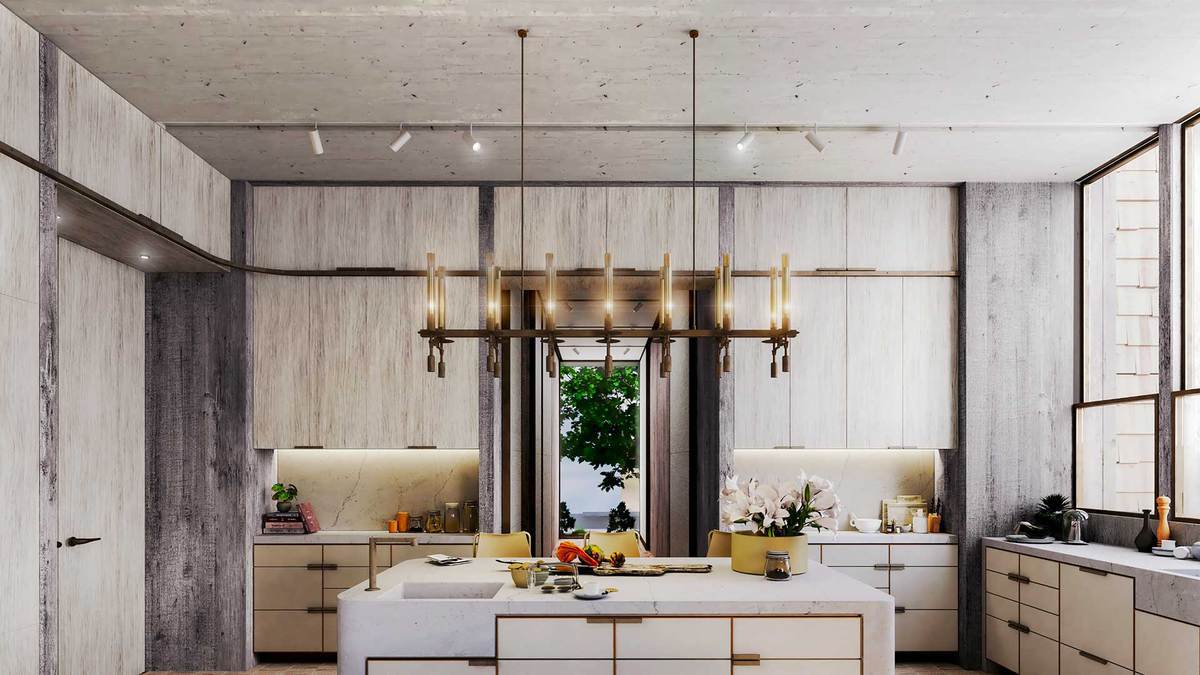Gone are the days when sustainable design meant roughing it. Nowadays, high-end homes and commercial buildings incorporate sustainability as a default, not an extra feature. Increasing resource costs, climate change, and the mainstream popularity of environmentalism have ensured that the clamor for sustainability has happened across the board in the design community.
Sustainability strategies add to the value of a building, reducing long-term costs and providing both environmental improvements and an air of prestige to the design and its owner. When well-executed, they can also provide benefits in terms of daily life, health and wellness, and design.
Resource Efficiency
One of the key aspects of any sustainable design is the use of resources, particularly water and energy. By reducing the amount of resources used, architects can create buildings that are efficient, more in tune with their environments, resistant to climate change, less expensive to use, and of a higher resale value. Solar panels, passive design, water-conscious appliances, and other resource use mitigation strategies are a feature of luxury homes and buildings worldwide. With intentional design, functional elements can lend a sense of eco-chic and pride in the day-to-day usage of the space.
Wellness
Modern designs must incorporate the concept of health and wellness in order to truly resonate with the luxury market. Developing buildings with improved air, water, and light quality allow for heightened health and well-being in residents, employees, and visitors. Wellness features directly affect the user experience. The impact of a thoughtfully designed space will continue throughout the life of the building. These strategies are based on scientific research and should be implemented through clear protocols and policies.
Smart Homes
With their futuristic design and convenience, smart homes incorporate technology in order to improve quality of life and make work more efficient and play more fun. But beyond the obvious techie appeal, smart homes can also include true benefits for the environment. For example, the use of smart thermostats contributes to a reduction in energy consumption, a goal for any sustainable design. Other examples include leak detectors, home monitors, and reactive lighting. Even features like pantry monitoring can minimize food waste and make unnecessary car trips less frequent, reducing automobile use. Flexible, crowd-pleasing, and constantly improving, this type of integrated technology has a truly bright future.
No matter how it is put into practice, sustainability needs to be a significant part of any luxury project. Sustainable design offers higher quality, a more thoughtful design process, and better long-term investments. By exploring and incorporating concepts such as resource efficiency, wellness, and smart home technology, architects can work together with clients to ensure that projects meet comfort, luxury, and sustainability needs.
Home.










